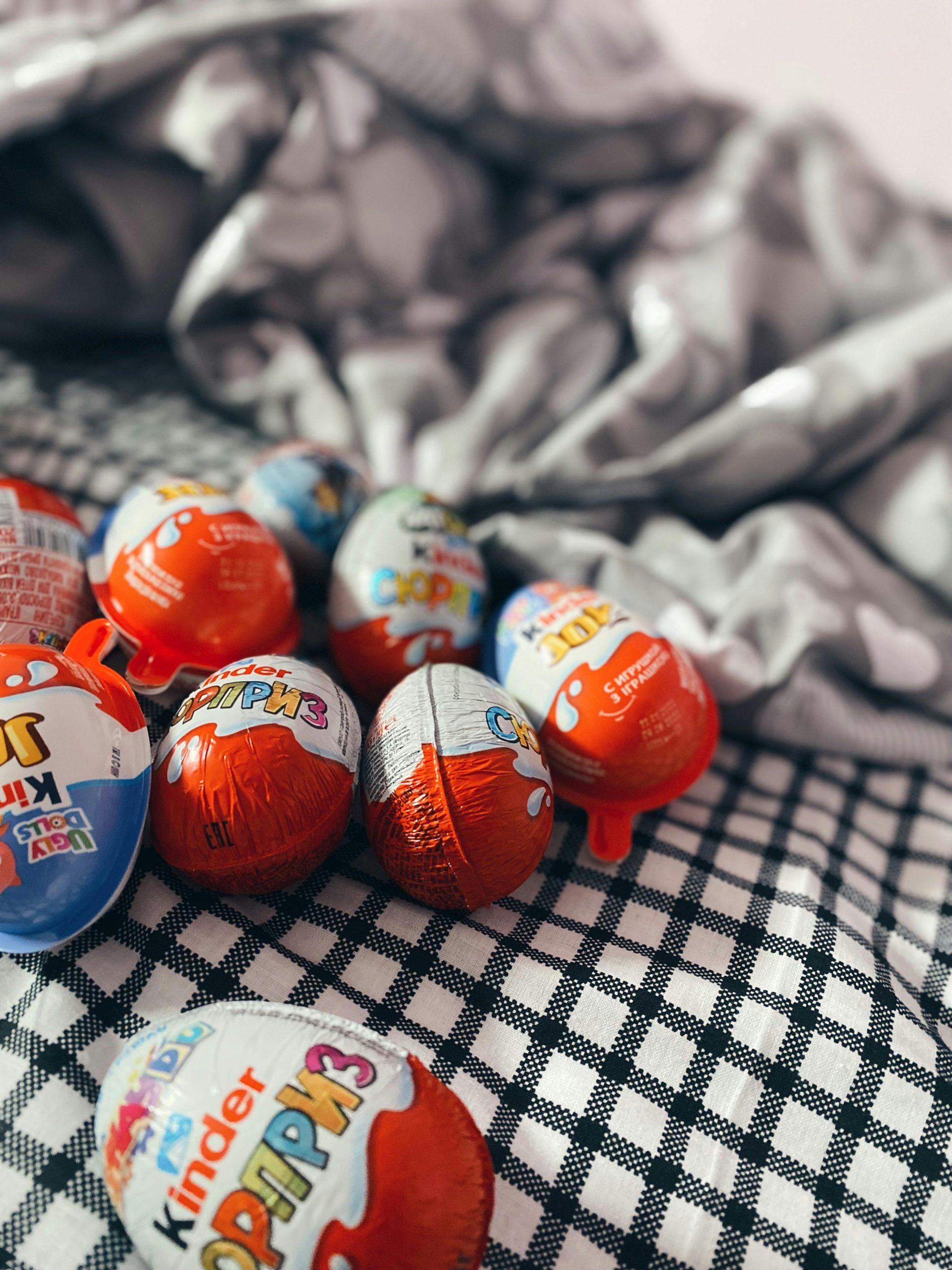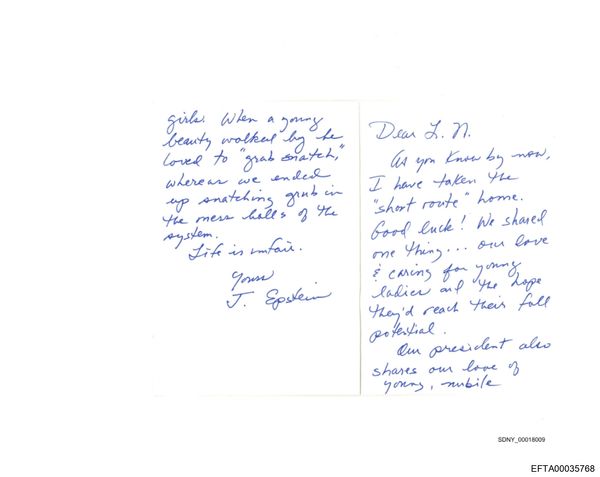Many of our favorite childhood snacks and candies exist as fond, sugary memories. We remember the commercials, the colorful packaging, and the joy they brought. However, some of these beloved treats were quietly removed from the market not because of low sales, but because they posed genuine health and safety risks.
Looking back, it’s surprising what was once considered an acceptable treat for kids. From choking hazards to questionable ingredients, here are eight childhood treats that were eventually pulled for health and safety reasons.

1. Kinder Surprise Eggs
For decades, the original Kinder Surprise was a beloved treat around the world, but it was banned in the United States. The 1938 Food, Drug, and Cosmetic Act prohibits non-nutritive objects from being embedded within a food product. The small plastic toy inside the chocolate egg was deemed a serious choking hazard for young children by the FDA. The ban led to the creation of Kinder Joy, where the toy and candy are in separate halves of the package.
2. Candy Cigarettes
In the mid-20th century, candy cigarettes were incredibly popular. These chalky sugar sticks, often in packaging designed to mimic real cigarette brands, allowed kids to pretend they were smoking. As public health campaigns against tobacco gained momentum, these products were widely criticized for normalizing and glamorizing smoking for children. Under pressure, most companies phased them out or rebranded them as “candy sticks.”
3. Nestlé Magic Balls
Similar to Kinder Surprise, the Nestlé Magic Ball was a hollow chocolate sphere containing a small Disney character toy. It was immensely popular in the mid-90s but quickly ran into the same legal and safety issues. Following a campaign by consumer groups concerned about the choking hazard, Nestlé voluntarily withdrew the product from the market in 1997.
4. Lawn Darts (Jarts)
While not a food, no list of dangerous childhood products is complete without Lawn Darts. These large, heavy darts with sharp metal points were a popular backyard game. After causing thousands of injuries and several child deaths, they were completely banned for sale in the United States in 1988, becoming the ultimate symbol of a beloved but dangerously unregulated childhood product.
5. The Original Four Loko
This one is for the older end of the childhood spectrum. The original formula of Four Loko, a caffeinated alcoholic beverage, became infamous in the late 2000s. The combination of high alcohol content and caffeine was found to be a serious public health risk, leading to numerous hospitalizations. In 2010, the FDA declared caffeine an unsafe food additive in alcoholic beverages, forcing the company to remove it from the formula.
6. Red Dye No. 2

In the 1970s, Red Dye No. 2 was one of the most common food colorings in America, used in everything from soda to hot dogs and candy. Concerns arose after Soviet studies linked the dye to cancer in rats. Amid public pressure and scientific debate, the FDA banned its use in 1976. This led to the temporary disappearance of red M&M’s, which didn’t even use the dye but were removed to avoid consumer confusion.
7. Wonder Ball
The Wonder Ball is the comeback kid on this list. It was originally the Nestlé Magic Ball. After being pulled in 1997, it was reintroduced in 2000 without the plastic toy. Instead, it was filled with smaller candies. It was eventually discontinued again in 2007, but its history is a direct result of the health concerns over the original toy-filled version.
8. Flying Cauldrons Cereal
This spooky-themed cereal from the 1980s was popular for its fun marshmallow shapes. However, the cereal pieces themselves were hard, pellet-like objects. Widespread complaints floated that the hard cereal bits posed a choking hazard and were difficult to chew. The product was then quickly pulled from the market. It remains a forgotten footnote in cereal history due to its safety issues.
A Safer Snack Aisle
While some may lament the loss of these nostalgic treats, their stories highlight a positive shift toward higher safety standards for children’s products. The journey from candy cigarettes and toy-filled chocolates to the safer options on shelves today reflects a greater understanding of the risks involved. It’s a reminder that when it comes to kids’ health, safety must always come before sales.
What was your favorite childhood snack that you can’t find anymore? Do you remember any of these controversial treats? Share your memories!
Read More
Dr. Pepper Recall: Mislabeled Cans Could Pose Serious Health Risks
9 Common Reasons Why Everyday Snacks Face National Recalls
The post 8 Childhood Treats That Were Pulled for Health Risks appeared first on Grocery Coupon Guide.







